Herding Cats: Kids, Post-its & Choice
It seems sometimes like we just can't win.I mean, of course, when Post-it-ing. (What else could I have meant?)We want our young readers to annotate their thinking, and we want them to do so in a way that encourages them to go on their own thinking journey through the book. And so we give them freedom! Freedom to choose what to write on their bright, square canvases! Freedom to let the text speak to them, with only the suggestion of the lesson or conference to guide them along their way! Freedom to fly!Only, they don't. Instead, on their own, they resemble the reading version of this: We, then, decide the freedom is too much. What they need is structure! Direction! We will TELL them what to write! Each Post-it they write will have a specific and premeditated job to do! But then we look around the reading life in our classroom and it seems like the kids all feel like this:
We, then, decide the freedom is too much. What they need is structure! Direction! We will TELL them what to write! Each Post-it they write will have a specific and premeditated job to do! But then we look around the reading life in our classroom and it seems like the kids all feel like this: All we really want is for them to be engaged and focused and flexible:
All we really want is for them to be engaged and focused and flexible: Okay, enough cat photos. (Can there ever be too many cat photos?) The trouble is that we want kids to annotate their thinking the book conjures up. We want kids writing what they are interested in as they read. But we also need and want them to try out the strategies and thinking that we are teaching and modeling.Therein lies the dilemma. It feels like we can't win. But we can. Well, kind of win. More like, we can "compromise," but that just never sounds as fulfilling.Try giving a more constrained option of choices to your class. Try this:1. Teach something about reading. For instance, teach kids that it's probably a good idea to stop sometimes and think about what the author is trying to show you about life in this book.2. At the end of your lesson, check the clock. How much time did your kids have to read? 30 minutes? 20? 10? (If the latter, you may want to reflect upon your typical lesson length.)3. Ask your class: "Hey, class! How many Post-its do you think you could/should/would write in the next ___ minutes?"4. Let's say they say 4. "Great!" you say, "So let's make a plan for those four Post-its. On two of them, you try out this amazing strategy I taught you today. On the other two, why don't you refer to this chart of things we have been working on in our reading lately, and choose which work best fits your thinking?"5. Point to said chart (see below for a low-tech example of such a chart).
Okay, enough cat photos. (Can there ever be too many cat photos?) The trouble is that we want kids to annotate their thinking the book conjures up. We want kids writing what they are interested in as they read. But we also need and want them to try out the strategies and thinking that we are teaching and modeling.Therein lies the dilemma. It feels like we can't win. But we can. Well, kind of win. More like, we can "compromise," but that just never sounds as fulfilling.Try giving a more constrained option of choices to your class. Try this:1. Teach something about reading. For instance, teach kids that it's probably a good idea to stop sometimes and think about what the author is trying to show you about life in this book.2. At the end of your lesson, check the clock. How much time did your kids have to read? 30 minutes? 20? 10? (If the latter, you may want to reflect upon your typical lesson length.)3. Ask your class: "Hey, class! How many Post-its do you think you could/should/would write in the next ___ minutes?"4. Let's say they say 4. "Great!" you say, "So let's make a plan for those four Post-its. On two of them, you try out this amazing strategy I taught you today. On the other two, why don't you refer to this chart of things we have been working on in our reading lately, and choose which work best fits your thinking?"5. Point to said chart (see below for a low-tech example of such a chart). This way, when they go off and write, they have a plan, but they also have choice. Most of their Post-its will now have to do with the unit you are in, which is probably a good thing. Some teachers we have met have also ask kids to code their Post-its, so they code or number the strategies on their charts. This helps kids think about what work they are trying as they read and write. Other teachers put examples of Post-its from the book the class is reading next to each strategy as a model. (For an incredible conversation about charts, go to Smarter Charts, by Kristi Mraz and Marjorie Martinelli, or their blog Chartchums. The above is not an example of an amazing chart. It is an example of a chart written on computer paper in a hotel room in Chattanooga.)At some points, of course, you may want to give your kids total freedom. At others, you will need to tell them exactly what to do. But much of the time, you want your class to both choose and be directed.It's like if your partner asks you what you want to do on a Friday night. There are so many options! Your brain freezes. And you default to watching another episode of the Real Housewives of Wherever. But if your partner says, "Hey, would you want to go to a movie or out to eat?" you now have some form to the choice, and so no Real Housewives.Post-its and annotating text can be purposeful or contrived. Let's make them as purposeful as we can.Big idea: Annotating Text Tiny Detail: Constructing Guided Choices to Foster Both Independence and Repeated Practice of Past Lessons
This way, when they go off and write, they have a plan, but they also have choice. Most of their Post-its will now have to do with the unit you are in, which is probably a good thing. Some teachers we have met have also ask kids to code their Post-its, so they code or number the strategies on their charts. This helps kids think about what work they are trying as they read and write. Other teachers put examples of Post-its from the book the class is reading next to each strategy as a model. (For an incredible conversation about charts, go to Smarter Charts, by Kristi Mraz and Marjorie Martinelli, or their blog Chartchums. The above is not an example of an amazing chart. It is an example of a chart written on computer paper in a hotel room in Chattanooga.)At some points, of course, you may want to give your kids total freedom. At others, you will need to tell them exactly what to do. But much of the time, you want your class to both choose and be directed.It's like if your partner asks you what you want to do on a Friday night. There are so many options! Your brain freezes. And you default to watching another episode of the Real Housewives of Wherever. But if your partner says, "Hey, would you want to go to a movie or out to eat?" you now have some form to the choice, and so no Real Housewives.Post-its and annotating text can be purposeful or contrived. Let's make them as purposeful as we can.Big idea: Annotating Text Tiny Detail: Constructing Guided Choices to Foster Both Independence and Repeated Practice of Past Lessons

